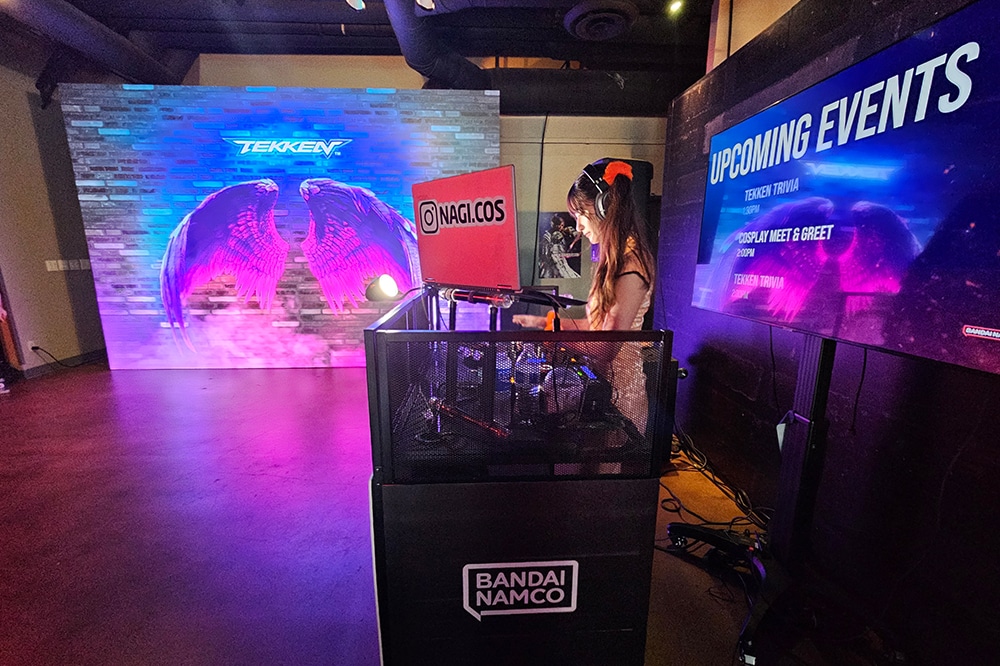Color consistency in light-emitting diode wall screens is crucial for achieving maximum visual output. LED wall panels are commonly used in multiple environments, including concerts, meetings, and advertising showcases. When the hues on these panels are consistent, they create a more captivating and immersive encounter for viewers. Several critical elements influence hue uniformity, including the caliber of the light-emitting diode components, calibration processes, and environmental factors.
The caliber of the light-emitting diode components plays a major role in color consistency. Different types of light-emitting diodes emit light at different wavelengths, which can influence the overall color output. Premium LEDs are engineered to produce a more uniform light spectrum, resulting in improved color precision. Additionally, the production method of these LEDs can impact their functionality. Panels made with high-grade materials and technology tend to have less hue differences, guaranteeing that the shown pictures and videos look vibrant and true to life.

Tuning is another crucial element in maintaining hue consistency in LED wall screens. Calibration entails modifying the settings of the panel to make certain that the hues shown align the intended appearance. This process can consist of adjusting brightness, contrast, and hue equilibrium. Regular calibration is essential, especially in settings where lighting factors vary often. By tuning the screens, specialists can correct any discrepancies in color result, resulting to a led wall panel color calibration techniques more uniform viewing encounter.
Surrounding conditions also affect hue uniformity in LED wall panels. Elements such as surrounding light, temperature, and humidity can affect how hues are perceived. For instance, intense surrounding light can dull colors, making them look more lively. Similarly, extreme temperatures can affect the functionality of the light-emitting diodes, leading to color changes. To mitigate these issues, it is essential to place light-emitting diode wall screens in controlled environments where lighting and heat can be controlled efficiently.
Lastly, the design and arrangement of the light-emitting diode wall panels can impact hue consistency. The configuration of the screens, as well as the distance from which they are viewed, can create variations in color recognition. When screens are arranged too distant apart or at different angles, viewers may notice discrepancies in color. To obtain the optimal visual performance, it is important to consider the placement and arrangement of the screens during setup. By tackling these elements, users can ensure that their light-emitting diode wall panels deliver a uniform and superior visual experience.
Comments on “Exploring the Key Factors That Affect Color Uniformity in LED Wall Screens for Optimal Display Output”